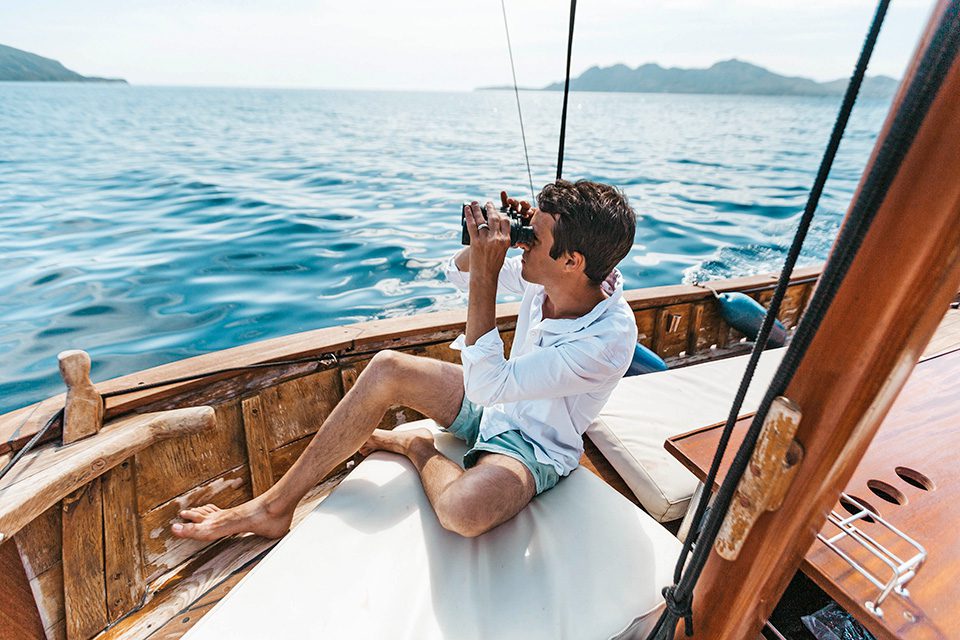World-class angler, musician and author A.K. Best once said, “The fishing was good; it was the catching that was bad.” There is one frustration that all anglers know, and that is the failure to catch something after spending a day fishing. The good news is that anglers can turn to optical equipment to reduce the chances of fruitless fishing trips. Devices such as cameras, binoculars and magnifying glasses assist in improving the fishing experience. Optical technologies have several applications, not only in studying oceans, but also in recreational fishing, helping anglers enhance their enjoyment of their favorite past time.
Binoculars To Spot Fish From A Distance
Finding the location of your catch is one of the most challenging tasks while fishing. One simple way to increase your chances of going home with fish is to use binoculars. Binoculars help you see and locate your targets. Let’s say, if you’re standing on a flat surface and your eyes are 5ft off the ground, the farthest that you can see with the naked eyes is 3 miles. However, if you use a 10×50 pair of binoculars, what your eyes can see will be magnified 10 times. Using binoculars can help you identify any fish in the water.
When you scan an area with a spyglass, you can see if there is a surface disturbance. For example, a tarpon can reach the surface for oxygen with minimal disturbance in the water. If you have a trained eye, you can see with the binoculars whether it’s a bird diving in the water or a tarpon rolling. This helps save you time and money as well by not letting your engine run all day to look for your prey.
Infrared Cameras And Low-Light Cameras To See At Night
A thermal camera is another optical gadget that anglers might want to consider. Night-vision cameras, once limited to military use, have since transitioned to use on recreational vessels as technology has improved and prices have dropped. Thermal imaging works best in total darkness because it requires no light to create an image. It can also penetrate light fog and haze, so you can see if there is something beyond.
If ambient light from the moon, stars or lights from vessels is present, low-light cameras also work well as they employ sensitive detectors to gather light that the eyes might not see. At any rate, using both types of functions can facilitate which image is the best and most useful to your nocturnal activity like fishing or wildlife viewing. Cameras assist in spotting birds and other marine animals that might indicate the presence of fish. In addition, infrared cameras aboard your vessel not only aid in navigating the waters at night; they also detect water temperature breaks and currents.
Besides ensuring that you have the proper tackling gear and accessories, your fishing experience can still be improved by using a pair of binoculars that will enable you to locate your catch, saving time and money. Moreover, by investing in thermal and low-light cameras, your safety in the water will improve, and you will have the opportunity to fish at any time of day – even at night time.
